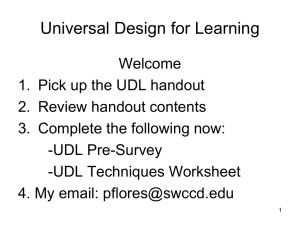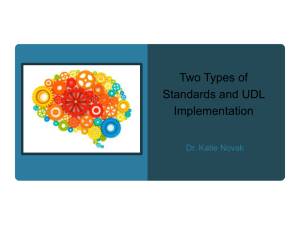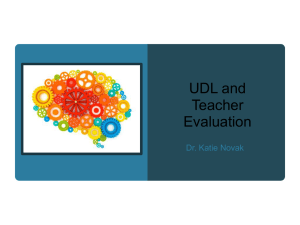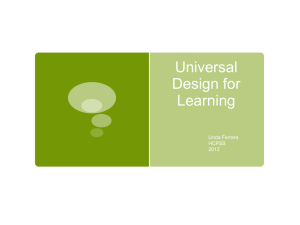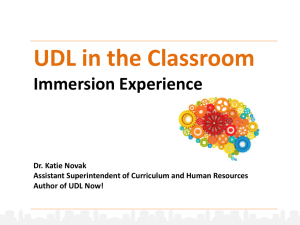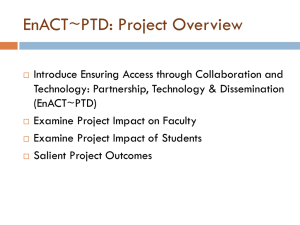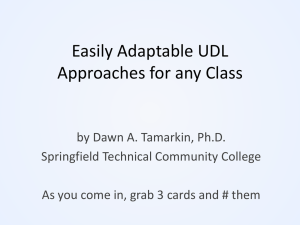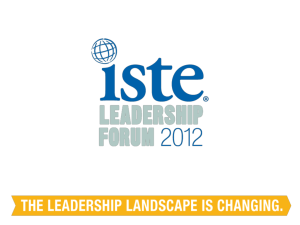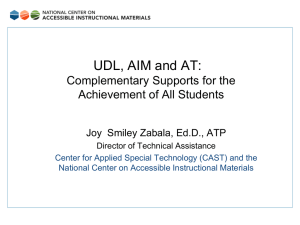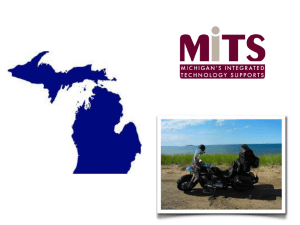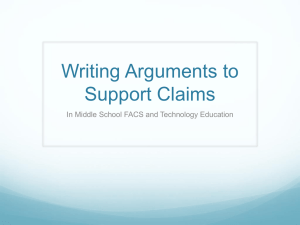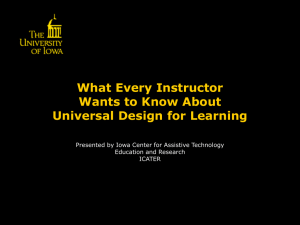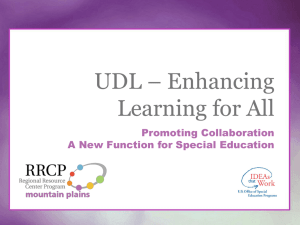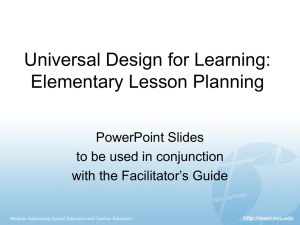Thursday Key Note Powerpoint
advertisement
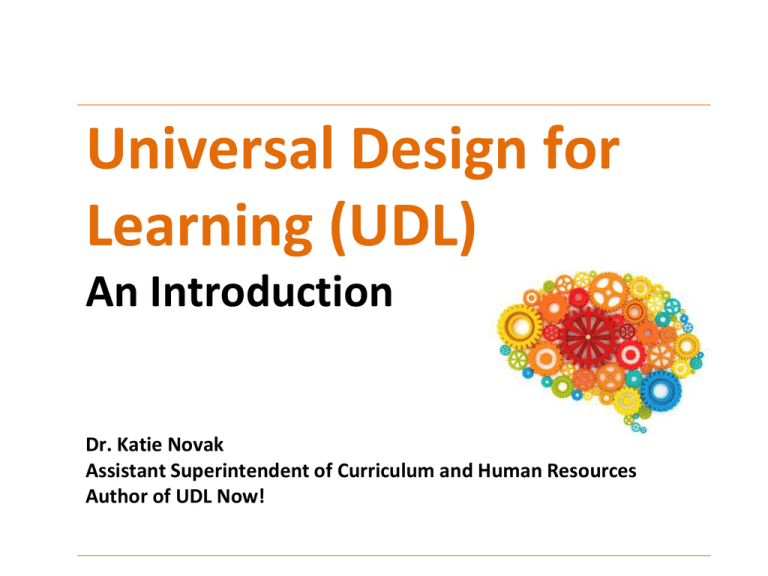
Universal Design for Learning (UDL) An Introduction Dr. Katie Novak Assistant Superintendent of Curriculum and Human Resources Author of UDL Now! Who Am I? UDL in the US UDL in the US UDL in the US The Dinner Party Imagine you own a catering company in 1975. Create a fabulous tasting menu that will make my party a huge success. Oops...forgot to tell you... • Lucy is lactose intolerant. • Nathaniel has a nut allergy. • Greg is on a gluten free diet. • Victoria is a vegetarian. • Wanda is on a diet. How Students Learn Two Types of Outcomes Knowledge: We all have knowledge, and concepts that we want our students to acquire (i.e, photosynthesis). Competencies: There are specific skills students will have to complete to be successful. The KEY to their success is following a process (i.e, give an oral presentation). Reminder: Knowledge Students have: 1. Options for how they learn 2. Choices which will engage their interest and challenge them 3. Choices for how they demonstrate their learning Teachers provide: 1. Flexible ways of presenting lesson content 2. Flexible options for student engagement 3. Flexible methods of expression and assessment Reminder: Competencies Students have: 1. to complete a task in a specific way Teachers provide: 1. Flexible ways of presenting lesson content 2. Scaffolding and work samples for each step of the process 3. Graphic organizers, rubrics, collaboration, and opportunities to provide mastery oriented feedback. Review of UDL 1. Take a moment to process what you’ve learned about UDL. Choose one of the following to reflect: • Send a tweet about UDL. Add #ULearn14 • Chat with a neighbor about UDL • Jot down a few notes to help you make the connection between your work and UDL. Jean Anyon & Hidden Curriculum of Work “Hidden work perpetuates the maintenance of the status quo.” (to download full article, click here) -Jean Anyon Discussion: What does this mean for student involvement in the UDL Classroom? My Hidden Curriculum Social Constructivism & Engagement The engagement guidelines are built upon the social constructivist approach to learning. Learning takes place in and through activity with other people. Knowledge is only meaningful and useful if it can be used as a tool for further activity. Learning is active and constructive and must be in the “zone of proximal development.” How Can Students Help You to Learn Where They Are? Reflection Time: UDL Observation •What will you see when teachers are effectively using UDL strategies when working toward knowledge outcomes? (Remember... lots of choice!) •What will you see when teachers are effectively using UDL strategies when working toward competencies? (scaffolding, scaffolding, scaffolding....) The Long & Short Differentiate the ways that students can express what they know Know what you’re teaching, and be flexible!


